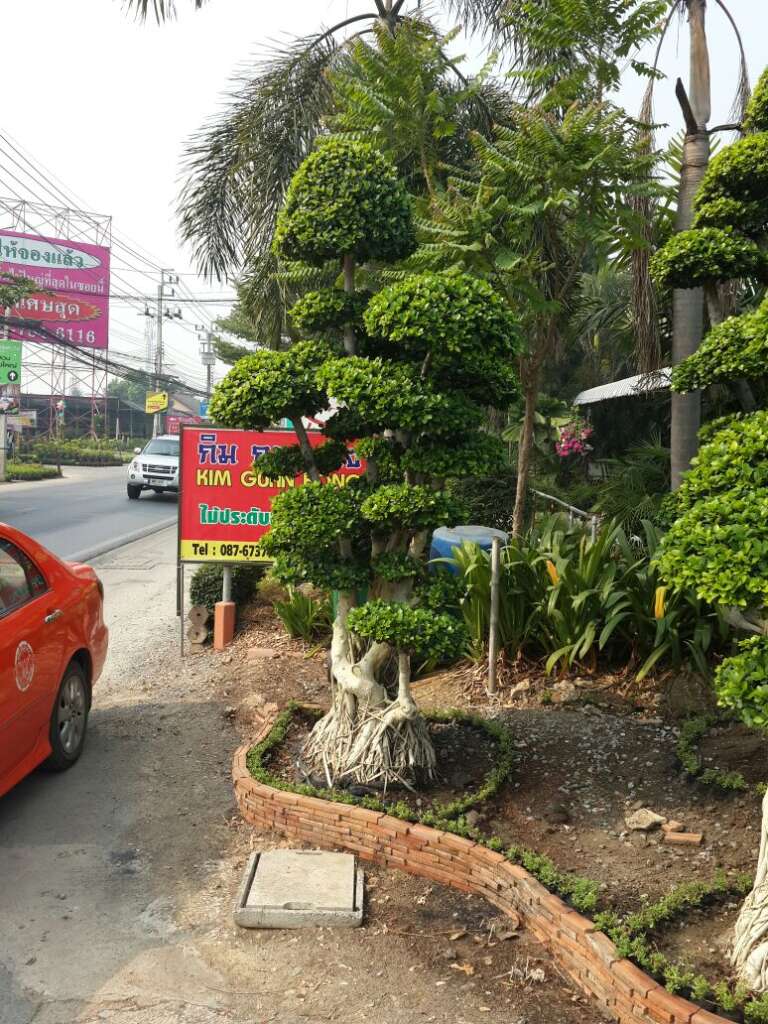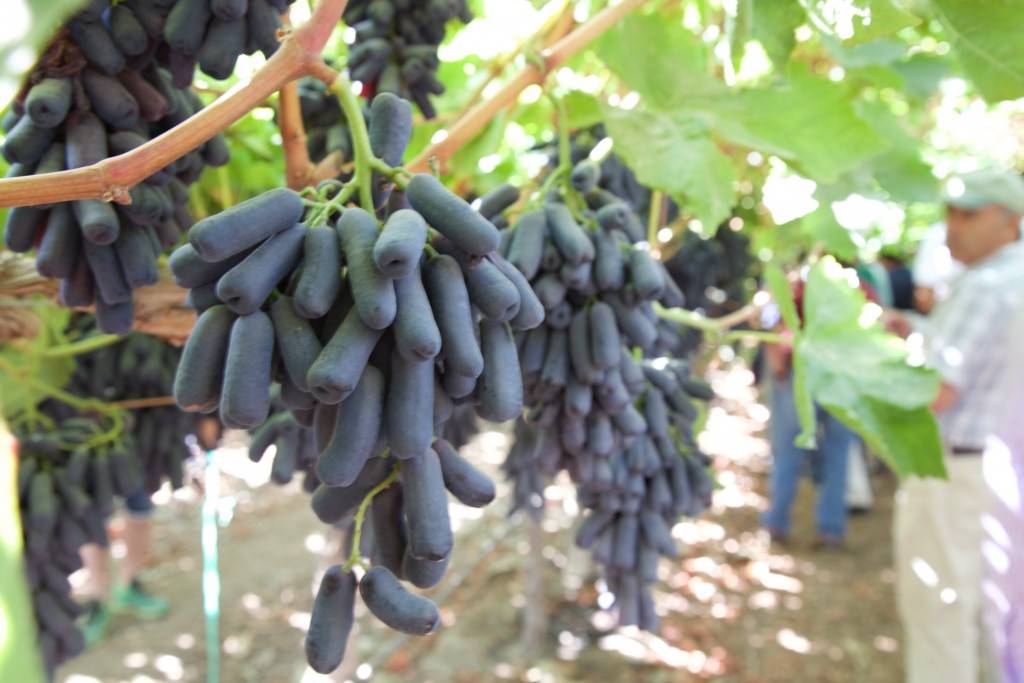Bonsai – A Guide to Exotic Varieties and Care Tips

Bonsai – A Guide to Exotic Varieties and Care Tips
Bonsai, the art of cultivating miniature trees, has captivated enthusiasts worldwide. In this guide, we’ll embark on a journey into the world of imported bonsai trees, exploring the unique varieties that carry cultural significance. From their origins to distinctive features, we’ll uncover the secrets behind these exotic specimens and provide practical care tips for those who wish to nurture these living works of art.
Unveiling Exotic Varieties: Origins and Cultural Significance
At Aziz Nursery Farm in Pakistan, the world of bonsai is a tapestry woven with the threads of culture, history, and horticulture. As we delve into the origins of imported bonsai trees, we uncover a mesmerizing collection that pays homage to the art’s diverse cultural influences. Here, specific varieties from regions globally recognized for their unique contributions to the art take center stage.
Japanese Maples:
Origin: Hailing from the Land of the Rising Sun, Japanese Maples (Acer palmatum) are revered for their delicate foliage and vibrant hues. These bonsai showcase the elegance of Japanese aesthetics, with each tree embodying the ancient art of bonsai shaping, known as “Niwaki.”
Chinese Elm:
Origin: With a rich history in Chinese culture, the Chinese Elm (Ulmus parvifolia) has been a symbol of strength and resilience for centuries. Imported Chinese Elm bonsai from Aziz Nursery Farm carry the essence of traditional Chinese gardens, embodying the harmony between nature and human craftsmanship.

Mediterranean Junipers:
Origin: Mediterranean Junipers, particularly those from regions like Italy and Greece, exude a rugged elegance. These bonsai, rooted in the landscapes that birthed Western civilization, showcase the resilience of nature against the backdrop of ancient history.
Cultural Significance:
Each imported bonsai variety at Aziz Nursery Farm tells a story that extends beyond its botanical origins. Japanese Maples evoke the tranquility of Japanese Zen gardens, Chinese Elms resonate with the philosophy of Yin and Yang, and Mediterranean Junipers carry the spirit of timeless landscapes. Understanding the cultural significance attached to each species amplifies the allure of these exotic bonsai specimens, making them not just plants but living expressions of art and history.
- The Distinctive Features of Imported Bonsai: A Visual Symphony
Aziz Nursery Farm prides itself on curating a collection where every imported bonsai is a masterpiece in its own right. The distinctive features of these bonsai go beyond mere aesthetics, becoming a visual symphony that captivates the senses.
Shapes, Colors, and Textures:
Japanese Maples with their delicate, palmate leaves showcase a spectrum of reds, oranges, and greens. Chinese Elms, with their finely serrated leaves, boast shades of deep green and glossy textures. Mediterranean Junipers, with their gnarled trunks and needle-like foliage, exude a rugged charm reminiscent of windswept coastal landscapes.
Styles with Cultural Significance:
The bonsai at Aziz Nursery Farm are shaped with precision and purpose, embodying styles that hold cultural significance. The windswept style, symbolizing the resilience of trees in harsh environments, is often applied to Mediterranean Junipers. Cascading styles, reminiscent of waterfalls, pay homage to the flowing landscapes of China. Each styling choice tells a story and adds depth to the overall narrative of the imported bonsai.
Aesthetic Appeal:
These unique features contribute to the overall aesthetic appeal of imported bonsai at Aziz Nursery Farm. Visitors are treated to a visual feast where every tree is a testament to the meticulous care and artistic expertise invested in their cultivation and shaping.
- Practical Care Tips for Enthusiasts: Nurturing Living Artworks
For enthusiasts eager to bring home a piece of this living art, Aziz Nursery Farm provides practical care tips that ensure the well-being and longevity of each imported bonsai.
Light Exposure:
Different varieties have specific light requirements. Japanese Maples thrive in dappled shade, while Chinese Elms prefer bright, indirect light. Understanding and providing the right light exposure is crucial for maintaining the health and vigor of these bonsai.
Watering Techniques:
Bonsai, being miniature trees, require careful attention to watering. Aziz Nursery Farm advises enthusiasts on the importance of maintaining a consistent watering schedule, avoiding both drought and waterlogging. Techniques such as the “soak and dry” method are shared to ensure optimal hydration.
Soil Composition:
Tailored soil composition is vital for bonsai health. Aziz Nursery Farm recommends well-draining soil mixes that provide the necessary nutrients without retaining excessive moisture. This advice helps enthusiasts strike the right balance for healthy root development.

Seasonal Adjustments:
Acknowledging the seasonal needs of imported bonsai is crucial. Aziz Nursery Farm educates enthusiasts on adjusting care routines during winter dormancy and summer growth periods. This knowledge empowers bonsai owners to provide the necessary conditions for their trees to thrive in every season.
Species-Specific Insights:
The imported bonsai varieties at Aziz Nursery Farm each come with their unique care requirements. Whether it’s protecting Mediterranean Junipers from harsh winter winds or promoting the characteristic leaf color of Japanese Maples, species-specific insights are shared to ensure enthusiasts can tailor their care routines accordingly.
By providing practical care tips, Aziz Nursery Farm aims to empower enthusiasts to cultivate and maintain these exquisite living artworks with confidence, creating a harmonious relationship between caretaker and tree. Each imported bonsai becomes not just a plant but a living canvas that evolves with the nurturing touch of its owner.
- Keep Visiting Aziz Nursery Farm: Importer and Exporter of Ornamental Plants, Seeds and Seedlings
4 thoughts on “Bonsai – A Guide to Exotic Varieties and Care Tips”
Leave a Reply
You must be logged in to post a comment.

I wAnt one
0336-6071174 contact
I want 2 can you give me an estimate please?
Tadalafil 20mg Buy cialis tablets for sale Generic Viagra 100 Mg Fluoxetine Cash Delivery. Fluoxetine Without Perscription Legally